Fluorescence reaction of N-terminal glycine-containing peptides using 3,4-DHPAA
Collagen quantification kit
Collagen is a major component of the extracellular matrix and accounts for approximately 30% of total human protein. Recent studies have shown that collagen production declines in aging skin, and that collagen degradation and accumulation can be seen in certain diseases. This kit is a collagen quantification kit that utilizes fluorescence emission when 3,4-Dihydroxyphenylacetic acid (3,4-DHPAA) selectively binds to a peptide having glycine at its N-terminus.

Figure 1 Fluorescence reaction of N-terminal glycine-containing peptides using 3,4-DHPAA
Collagen has a repeating sequence of three amino acid residues called Gly-XY (X and Y are mainly proline and hydroxyproline). Degradation of collagen with microbial collagenase produces a large amount of peptide fragments with glycine at the N-terminus. 3,4-DHPAA selectively converts this into a fluorophore, and the amount of collagen can be quantified simply by measuring the fluorescence intensity.
Features
- Rapid measurement of collagen in cell layers, foods and cosmetics
- Compared to existing methods for measuring hydroxyproline, hydrolysis with hydrochloric acid is not required, and measurement can be performed using a small amount of sample in a safe and simple procedure.
- Ideal for quality control and product development during cell research and food/cosmetics manufacturing processes
Composition
- Enzyme (collagenase) stock solution 200 µL 1 bottle
- Collagen standard solution (500 µg/ml) 300 µL 1 bottle
- Buffer A 30 mL 1 bottle
- Fluorescent test solution (3, 4-DHPAA solution) 500 µL 1 bottle
- Buffer B 15 mL 1 bottle
- NaIO4 solution 5 mL 1 bottle
Example of use
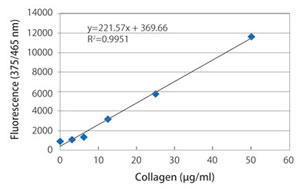
Figure 2 Collagen quantitative calibration curve
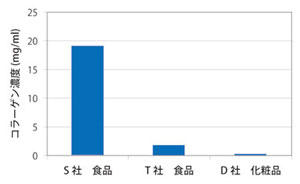
Figure 3 Collagen content in food and cosmetics
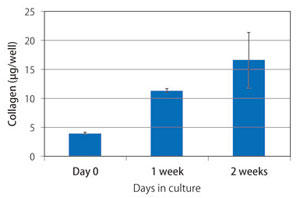
Fig. 4 Collagen amount in rabbit chondrocyte layer
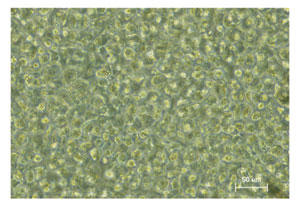
Figure 5 Phase-contrast micrograph of rabbit chondrocytes
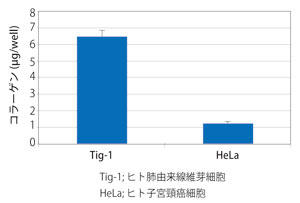
Fig. 6 Collagen content in cell layer
| Catalog Number | Product Name | Size |
| CSR-COL-001 | Collagen Quantitation Kit | 1 Kit |
